Shopping at a thrift store can be a fun adventure, a daunting task, a way to save money, or a combination of any or all of those. There's no question that buying secondhand is almost always cheaper and buying at a thrift store undoubtedly so. But it can also be a lot of work. Here are a few simple tips to make the process a little easier.
Tip #1 - Know What You're Looking For
Large thrift stores (such as Value Village or Goodwill) can be overwhelming if you don't have an idea of what you need or want. While simply browsing can be fun, you'll probably have more success if you go in with an idea of what you're looking for.
Tip #2 - Know Your Size
But also check around. Most thrift stores will divide up their clothing according to size. So knowing your size in pants, shirts, dresses, etc. is very helpful in narrowing down where to look.
That said, you might not necessarily be the same size in every item. For example, you might normally wear a size 8 dress, but in a different brand or in a vintage dress, you could fit a size 6 or a size 10. Browse in the bordering sizes and, when in doubt, TRY IT ON! You'll probably need to try on a few items before you find one you love.
Tip #3 - Check the Label
This is important when it comes to buying secondhand clothing. There's no point in saving money if you're simply buying a poor quality item that won't last long. Think about the clothes you already have and what you love and check the fabrics they're made of.
In general, polyester doesn't wear or wash as well. And if you find something like cashmere, it might be worth paying a little more than your average thrift store sweater.
Tip #4 - Think About Your Accessories
Accessories can really make an outfit pop but they can also be expensive to buy new. Thrift stores are great places to find cheap jewelry, shoes, and scarves that can completely change an outfit. Keep some jewelry cleaner on hand at home and use rubbing alcohol to clean any earrings.

Tip #5 - Shop for Antiques in the Right Areas
If you're looking for antiques (be it furniture, jewelry, or dishes), try thrift stores in areas or towns with a higher retiree population. Older folks may be downsizing their homes and passing items along to secondhand shops. It also never hurts to do a little research so you can be sure that what you're buying truly is an antique.
Tip #6 - Look for Pairs
This is especially true when it comes to buying secondhand dishes. Some thrift shops will price matching dishes as a set, some won't. So if you find a plate/mug/wine glass you love, look for more. Keep in mind that sets are often donated after one item breaks, so odd-numbered sets are common.

Tip #7 - Buy Books for Credit
If there is a used bookstore near you that you might want some store credit at, consider buying thrift store books to trade. Thrift stores often sell books for $0.25 - $1.00 and you may be able to receive more than that in store credit. Check the bookstore's trade policies first and maybe ask them what kind of books they are looking for. This doesn't often work if you want cash in exchange for books, but it doesn't hurt to ask!

Tip #8 - Be Nice!
Be nice to the store employees. This really should go without saying in any retail store. Keep in mind that many thrift store employees (primarily in smaller thrift stores) are volunteers. If the thrift store you're in is connected to a charity (for example a hospital or a women's shelter), don't haggle over prices. Be happy you got a deal and that your money is going to a good cause.
In a for-profit secondhand shop, feel free to ask for a deal if you think it's reasonable. If the store declines, be polite. If you become known as a pleasant, regular customer, the employees may even set items aside for you when they come in.




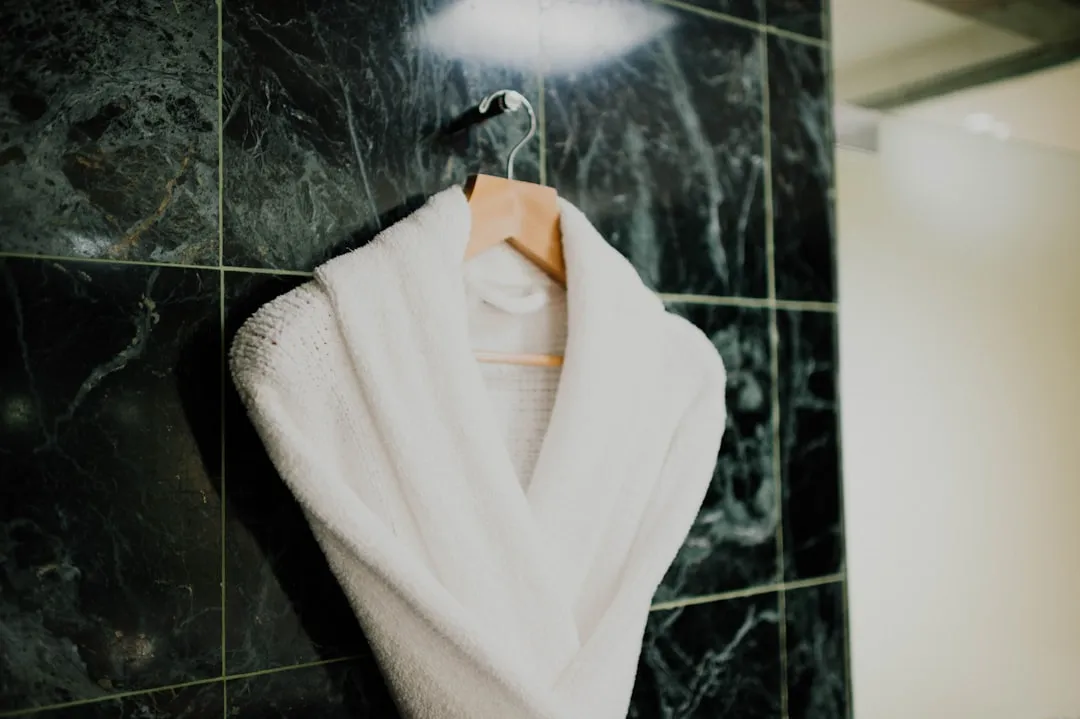

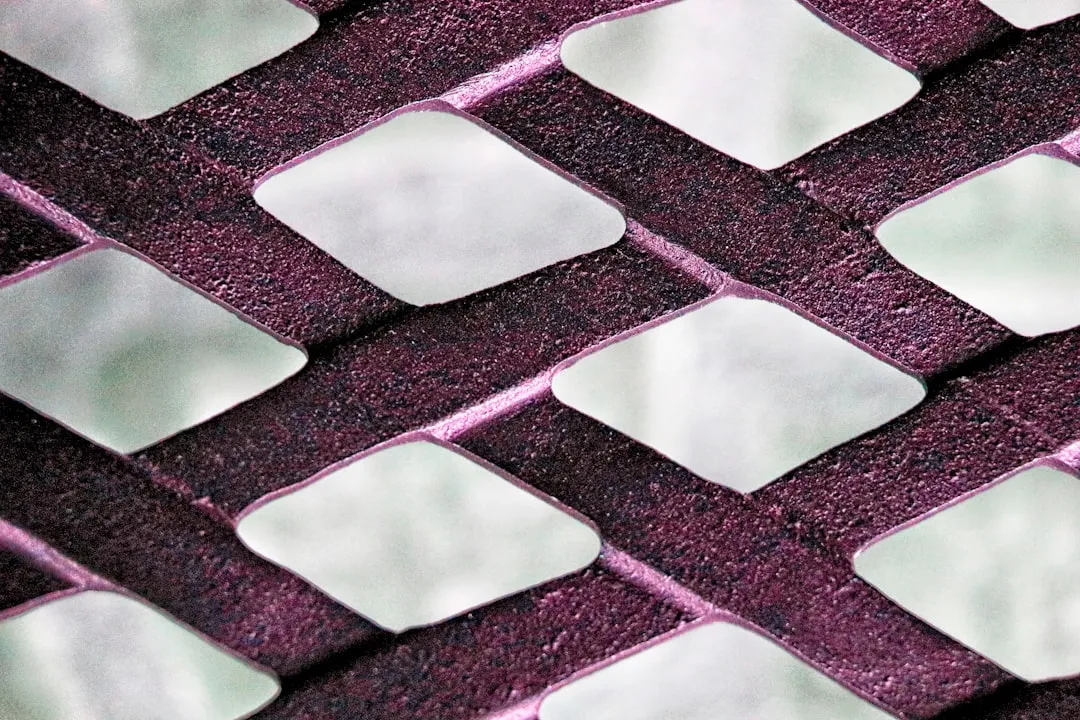




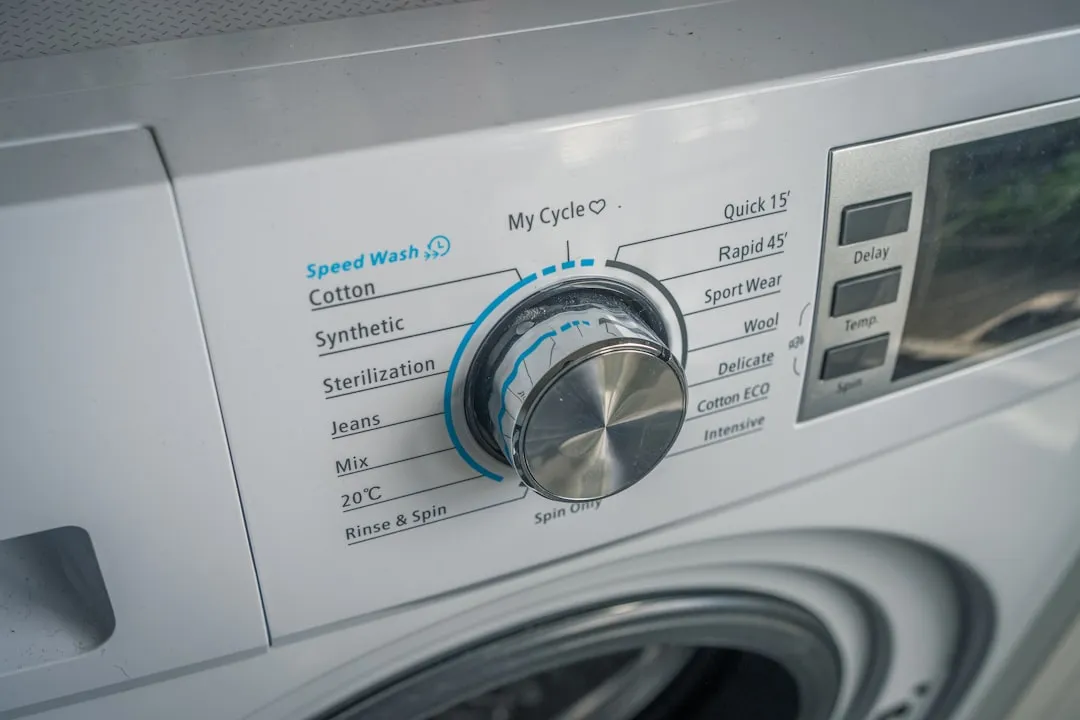

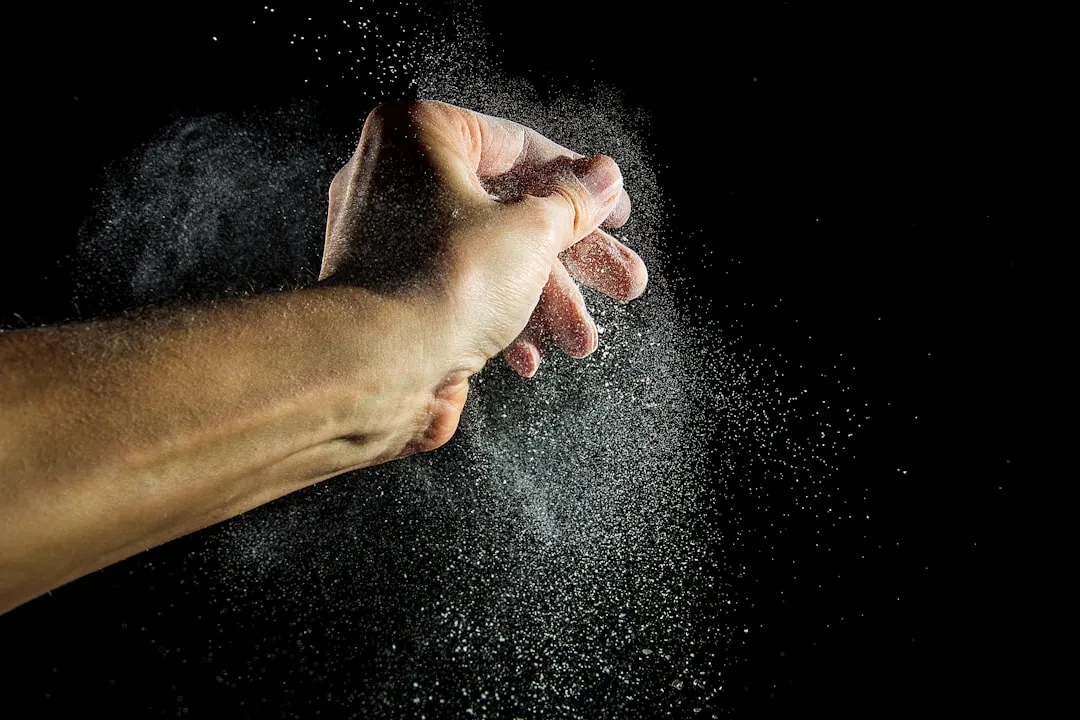
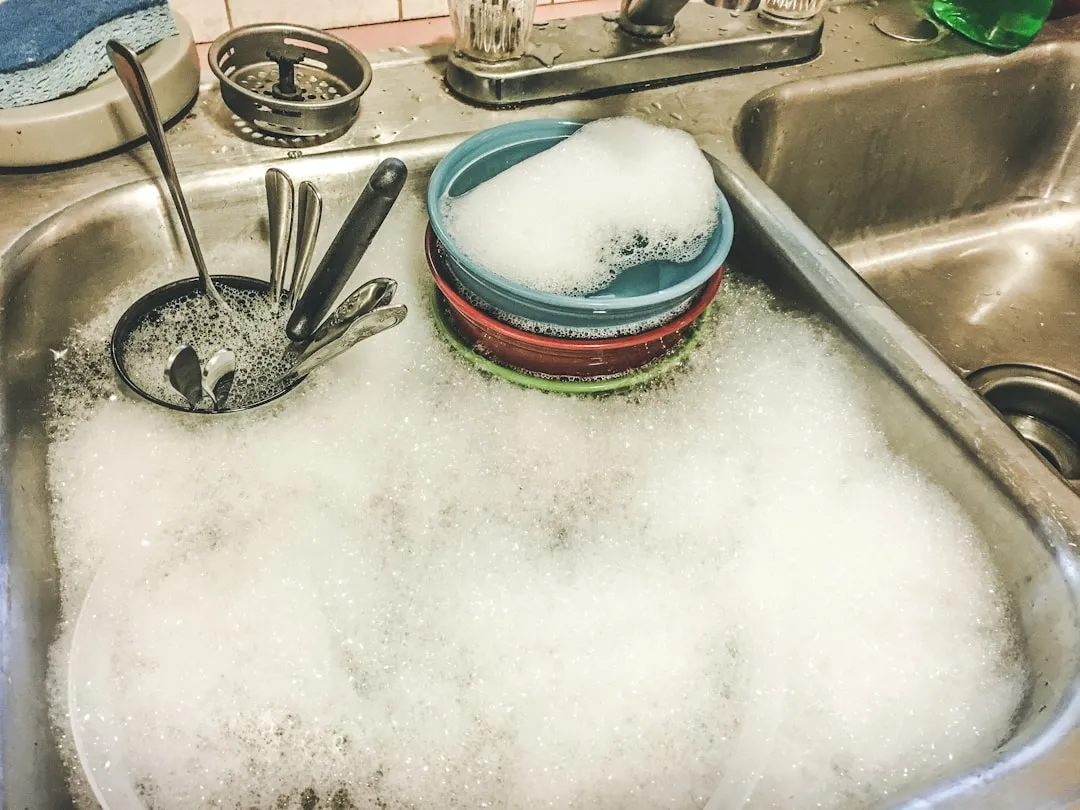

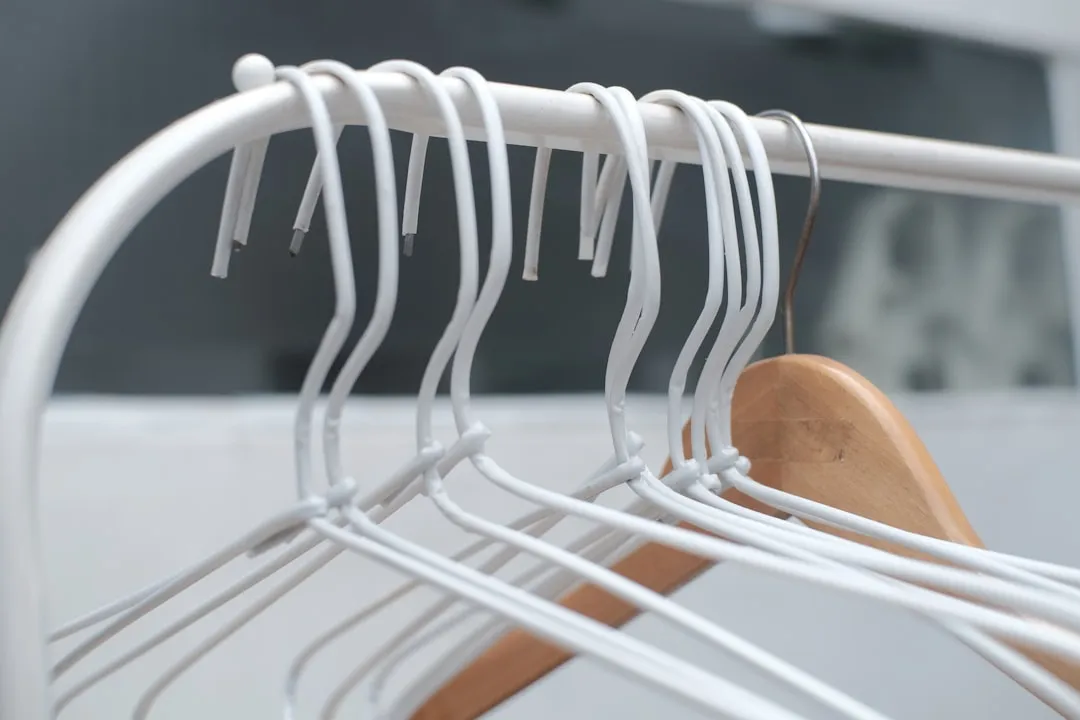

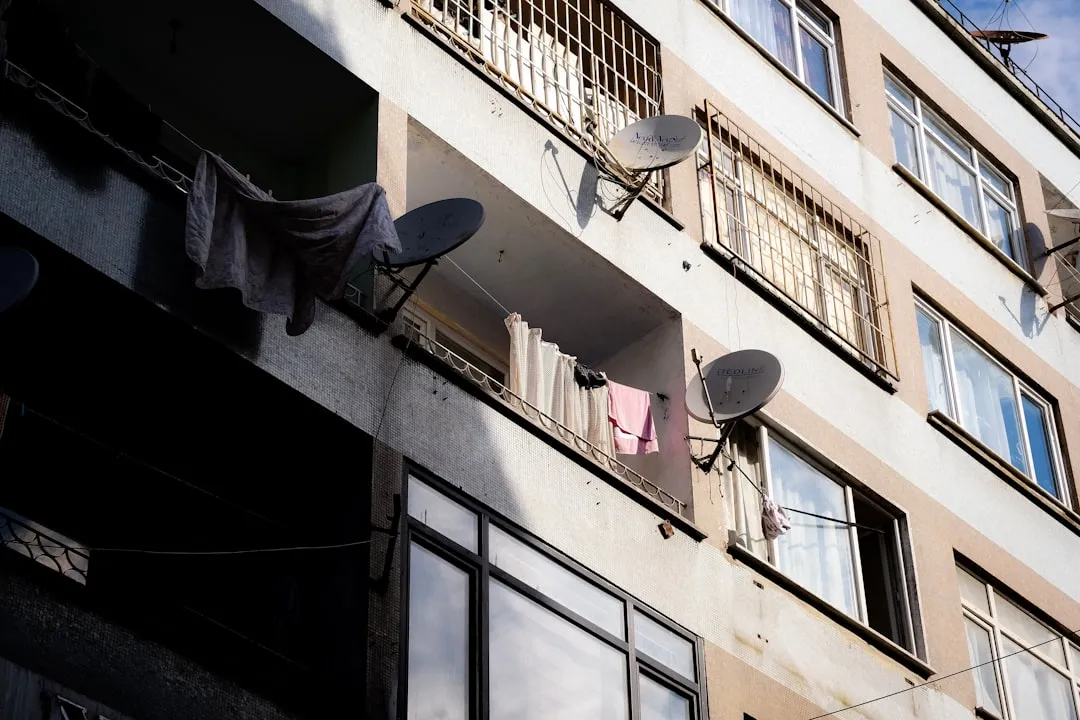


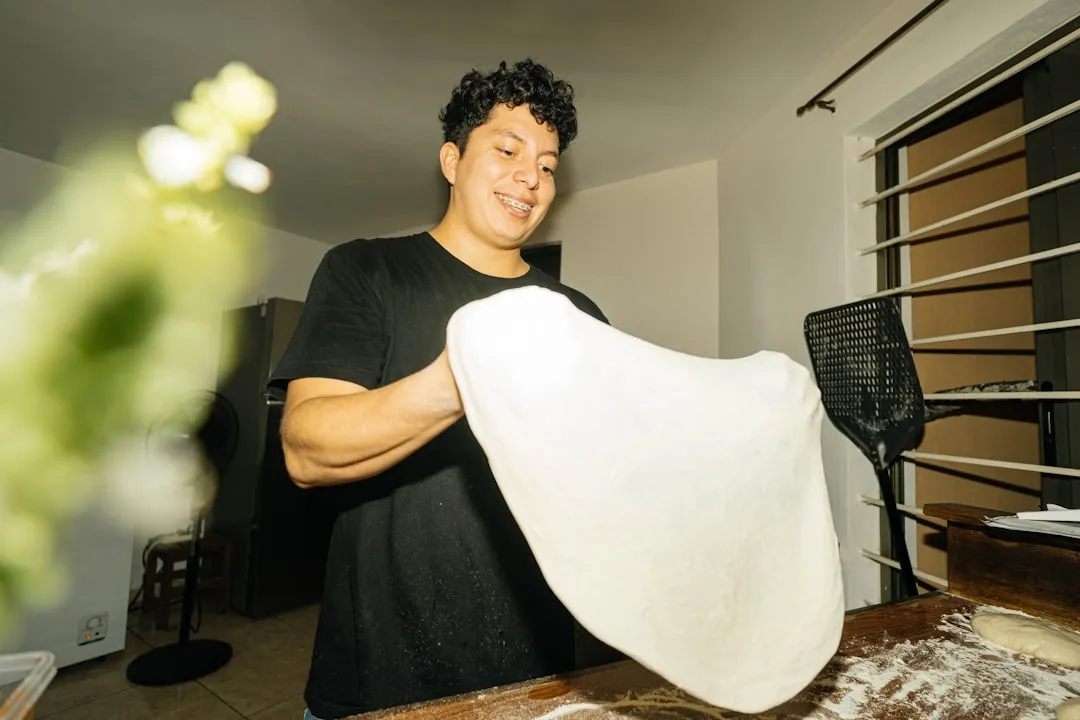

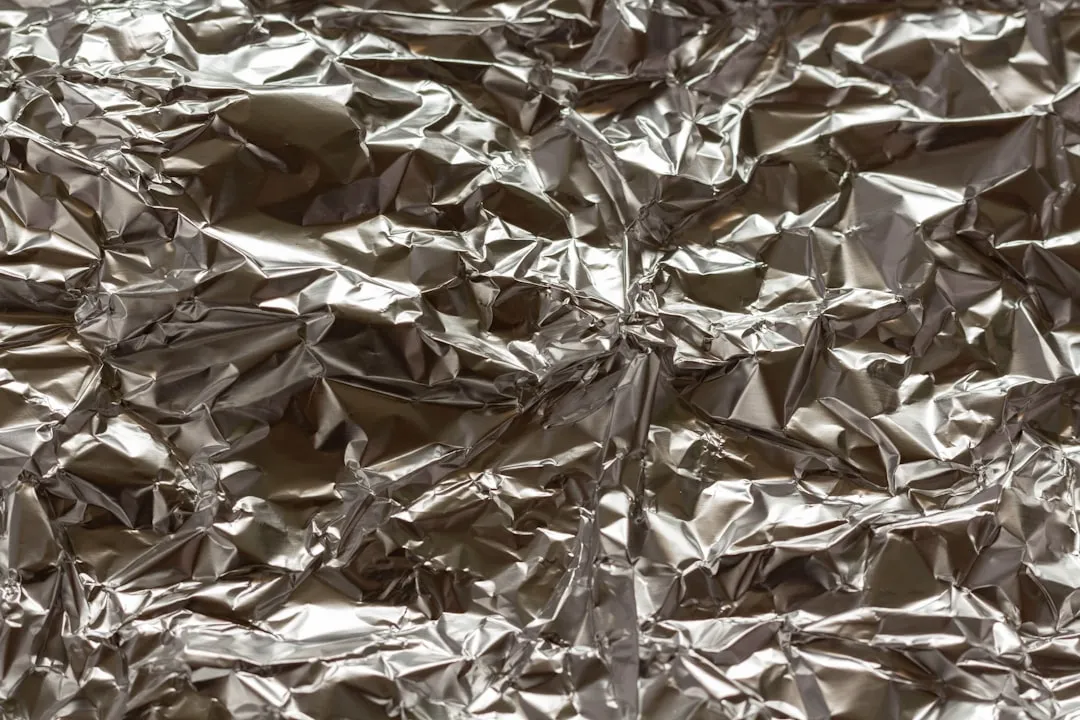
Comments
Be the first, drop a comment!